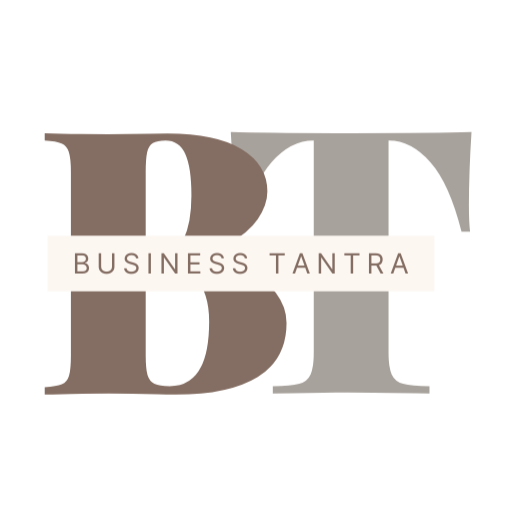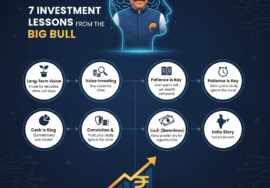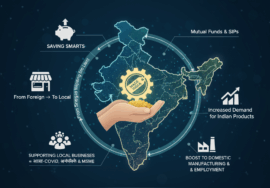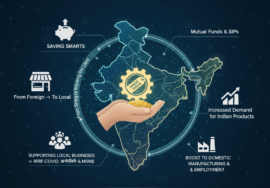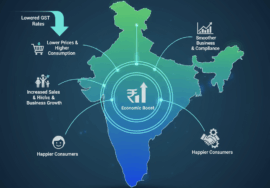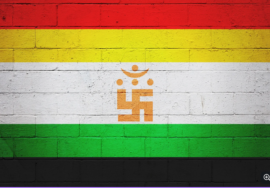Inflation rate in India Price Rise Pakistan China Sri Lanka US UK
[ad_1]
Price rises of essential commodities, vegetables, edible oil and petroleum products have hit common people as inflation rate in India skyrocketted in recent times.
However, India is not the only country that has been witnessing rising inflation. Developed nations such as the US, the UK, and China are also grappling with spiralling commodity prices. While India’s neighbours Pakistan and Sri Lanka are encountering the worst economic crisis, South Korea is also facing the issue of inflation.
Price rises and inflation rates raised concerns during the Covid-19 pandemic, but the ongoing Russia-Ukraine war has complicated the situation as several countries across the world are facing worsening supply bottlenecks.
INFLATION RATE IN INDIA
Retail inflation soared to a 17-month high of 6.95 per cent in March. This is the third consecutive month that inflation remained above the 6 per cent mark. The previous high at 7.61 per cent was recorded in October 2020.
The Consumer Price Index (CPI) based inflation rose mainly on account of rising prices of essential food items like ‘oils and fats’, vegetables and protein-rich items such as ‘meat and fish’.
Retail inflation tracked by the CPI measures the changes in prices from a retail buyer’s perspective.
Last week, the Reserve Bank of India (RBI) raised the retail inflation target for the current financial year to 5.7 per cent even as it expected the prices of cereals and pulses to soften on prospects of good winter crop harvest. In its earlier policy review in February, the RBI had projected retail inflation to be at 4.5 per cent in 2022-23.
“Global food prices along with metal prices have hardened significantly. Economy is grappling with a sharp rise in inflation… Inflation is now projected at 5.7 per cent in 2022-23 with Q1 at 6.3 per cent; Q2 at 5 per cent; Q3 at 5.4 per cent and Q4 at 5.1 per cent,” RBI Governor Shaktikanta Das said while unveiling the first monetary policy review for the NEW fiscal year.
UK INFLATION
Consumer prices in the UK rose at the fastest pace in 30 years last month, fuelled by soaring prices for household energy and motor fuels, the Associated Press (AP) reported, quoting government statistics agency data.
Inflation rate in the UK accelerated to 7 per cent in the 12 months through March, the highest annual rate since March 1992, the Office for National Statistics said. The US Labour Department said that its consumer price index jumped 8.5 per cent last month.
The UK faces what economists say will be the biggest drop in living standards since the mid-1950s as rocketing energy costs, rising food prices and tax increases overshadow rising wages.
Prices will continue to rise after Britain’s energy regulator authorised a 54 per cent increase in gas and electricity bills for millions of households that took effect in April.
INFLATION IN CHINA
China’s factory-gate and consumer prices rose faster than expected in March as Russia’s invasion of Ukraine, persistent supply chain bottlenecks and production snags caused by local Covid flare-ups added to commodity cost pressures, according to a Reuters report.
While China’s Consumer Price Index (CPI) rose 1.5 per cent in March against 0.9 per cent in February, the Producer Price Index (PPI) was at 8.3 per cent in March, Reuters reported.
US INFLATION
Inflation has soared over the past year at its fastest pace in more than 40 years in the US, with costs for food, gasoline, housing and other necessities squeezing American consumers and wiping out the pay raises that many people have received, according to an AP report.
The Labour Department said Tuesday that its consumer price index jumped 8.5 per cent in March from 12 months earlier — the biggest year-over-year increase since December 1981.
Prices have been driven up by bottlenecked supply chains, robust consumer demand and disruptions to global food and energy markets worsened by Russia’s war against Ukraine.
Even before Russia’s war further spurred price increases, robust consumer spending, steady pay raises and chronic supply shortages had sent US consumer inflation to its highest level in four decades.
In addition, housing costs, which make up about a third of the consumer price index, have escalated, a trend that seems unlikely to reverse anytime soon.
Economists point out that as the economy has emerged from the depths of the pandemic, consumers have been gradually broadening their spending beyond goods to include more services.
A result is that high inflation, which at first had reflected mainly a shortage of goods — from cars and furniture to electronics and sports equipment — has been emerging in services, too, like travel, health care and entertainment.
PAKISTAN, SRI LANKA
Pakistan is witnessing political turmoil even as its economic situation continues to deteriorate. Inflation rate was 12.7 per cent in March, up from 12.2 per cent in February 2022.
Sri Lanka has plunged into its worst economic crisis that has led to protests across the country and put President Gotabaya Rajapaksa under mounting pressure to resign. Inflation hit 18.7 per cent in March.
SOUTH ASIAN COUNTRIES
Several South Asian countries have been grappling with supply bottlenecks leading to rising commodity prices, and vulnerabilities in financial sectors.
South Korea’s consumer prices rose at their fastest pace in more than a decade in March as the Ukraine war fuelled surging energy and commodity costs. The consumer price index (CPI) for March rose 4.1 per cent from a year earlier, official data showed on Tuesday, the fastest increase since December 2011.
ALSO READ | LIC IPO date, price, size details, discounts: All you need to know
[ad_2]
Source link


